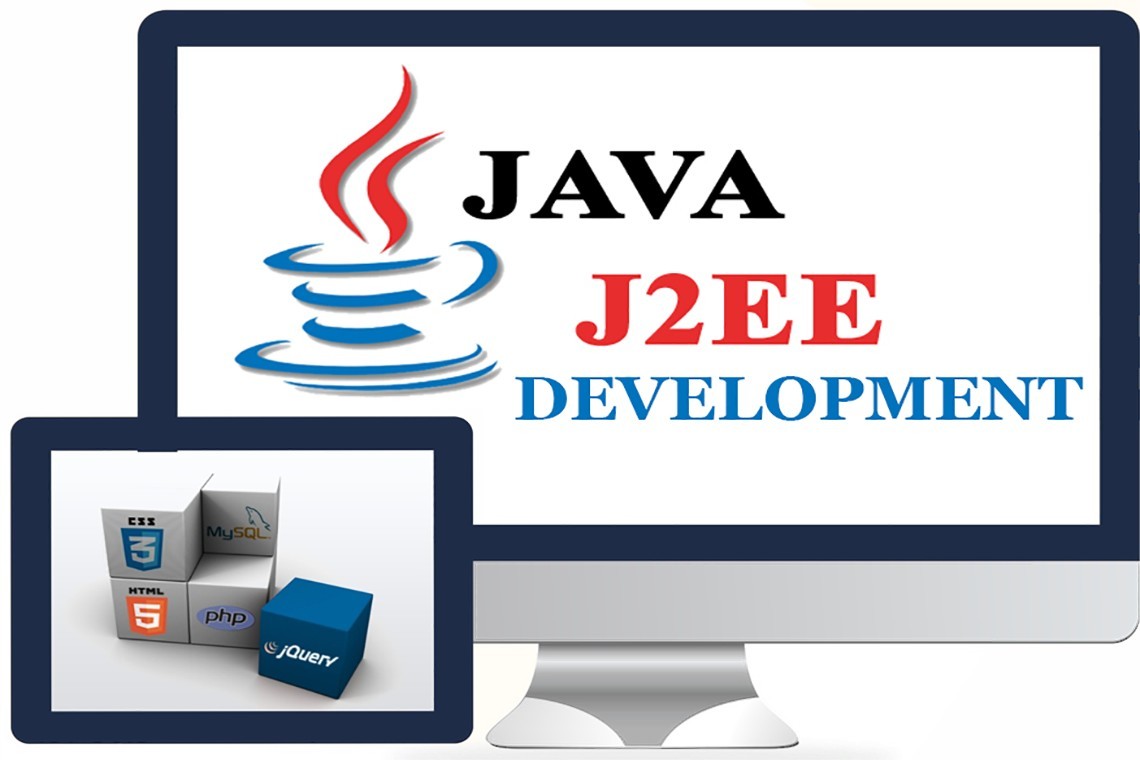In recent times, IT organizations have been tasked more and more with charting a course for writing new applications and migrating existing applications to a Java 2 Platform, Enterprise Edition (J2EE) environment. On the surface, this task might seem to be a matter of using predetermined methods, as was the case with the migration to client/server technology. However, one major aspect of J2EE is its variety and breadth. There is no one way to create a J2EE system; in fact, there are probably hundreds of combinations of J2EE technologies that could serve any one purpose. This makes the decision of selecting the proper technology combination daunting, especially if the J2EE environment is new to the organization.
When making a decision, you need to collect as much information about the choices as possible. Information about J2EE is certainly prominent in the Oracle world, as it is across the IT industry. However, information about what J2EE actually consists of is rare. Literature available in trade publications and on the Web often assumes that the reader is familiar with at least some of the J2EE basics and buzzwords. Grasping these basics is essential to assimilating and understanding any specific J2EE technology. In turn, understanding the technologies will help in making the decisions needed to collect these technologies into the proper environment for a particular application, as well as in the work performed during development of the application.
This article provides overviews of the technology concepts you will need to know when developing J2EE web applications. It starts in this blog note, with an explanation of the J2EE basics and the main technologies that it offers for implementing database applications.
The objective of this article is to provide a bit of background in the popular J2EE technologies to prepare you for the details of these technologies discussed in the rest of this article. The discussions in this article focus around these questions:
- What do I need to know about database application architecture?
- What is J2EE?
- What non-J2EE web technologies are popular in J2EE environments?
After explaining those foundation subjects in some detail, we will then draw some conclusions by briefly answering the following questions:
- How do J2EE architectures differ from traditional architectures?
- How do I choose between J2EE and Oracle Forms and Reports?
- Should I pay attention to .NET?
- How does Oracle Forms Services fit into J2EE?


